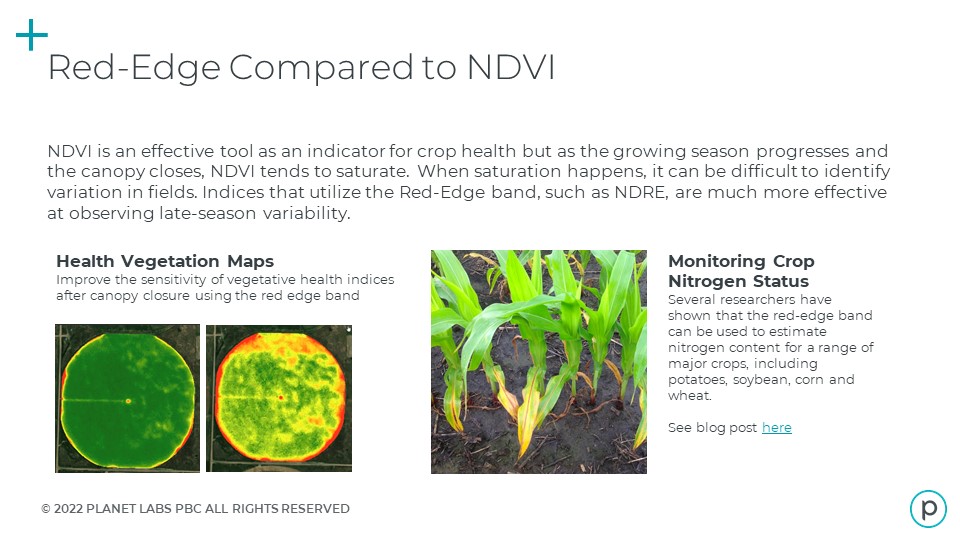Formulation Technology Matters with High-Activity Sulfonylurea Herbicides
Herbicide formulations and sprayer clean-out are top of mind for many farmers, applicators, and retailers because of issues with dicamba herbicides damaging sensitive crops and the trend for larger, more complex sprayers that make herbicide clean-out problematic.
Sprayer clean-out is a major concern with sulfonylurea (SU) herbicides, in particular, due to their very high activity at very low concentrations and the enhanced sensitivity of broadleaf crops to this chemistry’s mode of action. SU herbicides are 10 to 100 times more active than many other herbicides, and some broadleaf crops are 10 to 100 times more sensitive to SUs than to most other chemistries (see list below), according to Ken Carlson, FMC product development manager, herbicides.
Concerns about yield drag to non-target crops were so high when cereals SU herbicides were first introduced that their label directions to this day require multiple full-sprayer-volume rinses with water and ammonia. The labels go so far as to recommend a dedicated sprayer when equipment is being switched between cereals and sensitive crops. No other family of cereals herbicides has this type of language on their standard product labels.
“SU herbicides are active at 1/100th of an ounce. Less than a teaspoon of active ingredient left in a 1,000-gallon sprayer could injure sensitive crops. That’s a real concern with standard SU formulations, which tend to fall out of suspension and can get trapped in the sprayer,” says Carlson.
“Fortunately, there is an alternative to spending half a day cleaning your sprayer and dealing with thousands of gallons of rinsate and ammonia or spending hundreds or thousands of dollars on a dedicated sprayer. SU herbicides formulated with TotalSol soluble granules from FMC stay in solution and require just two rinses, each with 10 percent sprayer volume of water to thoroughly clean the sprayer,” Carlson says.
TotalSol soluble granule technology improves crop safety and efficacy
TotalSol soluble granules are a patented and proprietary technology owned by FMC that formulates sulfonylurea herbicides, so they dissolve completely into the spray water, forming a true solution. The advantages of TotalSol soluble granules are twofold.
- A much smaller risk of sprayer clean-out problems and sprayer yield drag risk because the active ingredient does not fall out of suspension like standard SUs.
- A 10-15% advantage in bioavailability of the active ingredient on target weed species. That means TotalSol soluble granules herbicides provide faster and more complete control as compared to other formulations.
This is good news for cereal growers who often rotate to sensitive crops. “In the Northern Plains, there has been a tremendous shift toward rotating cereal crops with pulse crops such as lentils, chickpeas and field peas. Growers who use standard SU formulations and don’t follow the product label’s rigorous sprayer cleanout requirements risk a yield drag when they spray sensitive crops that year or even the following year,” says Bob Weigelt, FMC retail market manager. “There may be significant hidden costs to using generic SU formulations. With TotalSol soluble granule SU formulations, growers gain easier sprayer clean-out, less chance of sprayer yield drag and faster weed control.”
FMC offers the following patent-protected, water soluble, dry formulation SU products with this technology: Affinity Broadspec herbicide with TotalSol soluble granules, Affinity TankMix herbicide with TotalSol soluble granules, Ally Extra SG herbicide with TotalSol soluble granules, Express herbicide with TotalSol soluble granules, Harmony Extra SG herbicide with TotalSol soluble granules and Panoflex herbicide with TotalSol soluble granules.
Crop Sensitivity to SU Herbicides
The following list ranks the crops that are most sensitive to SU cereal herbicides ranked generally from most sensitive to least sensitive:
- Sugar beets
- Lentils
- Canola
- Field peas
- Flax
- Sunflowers
- Corn
- Soybeans
- Dry beans
- Safflower






